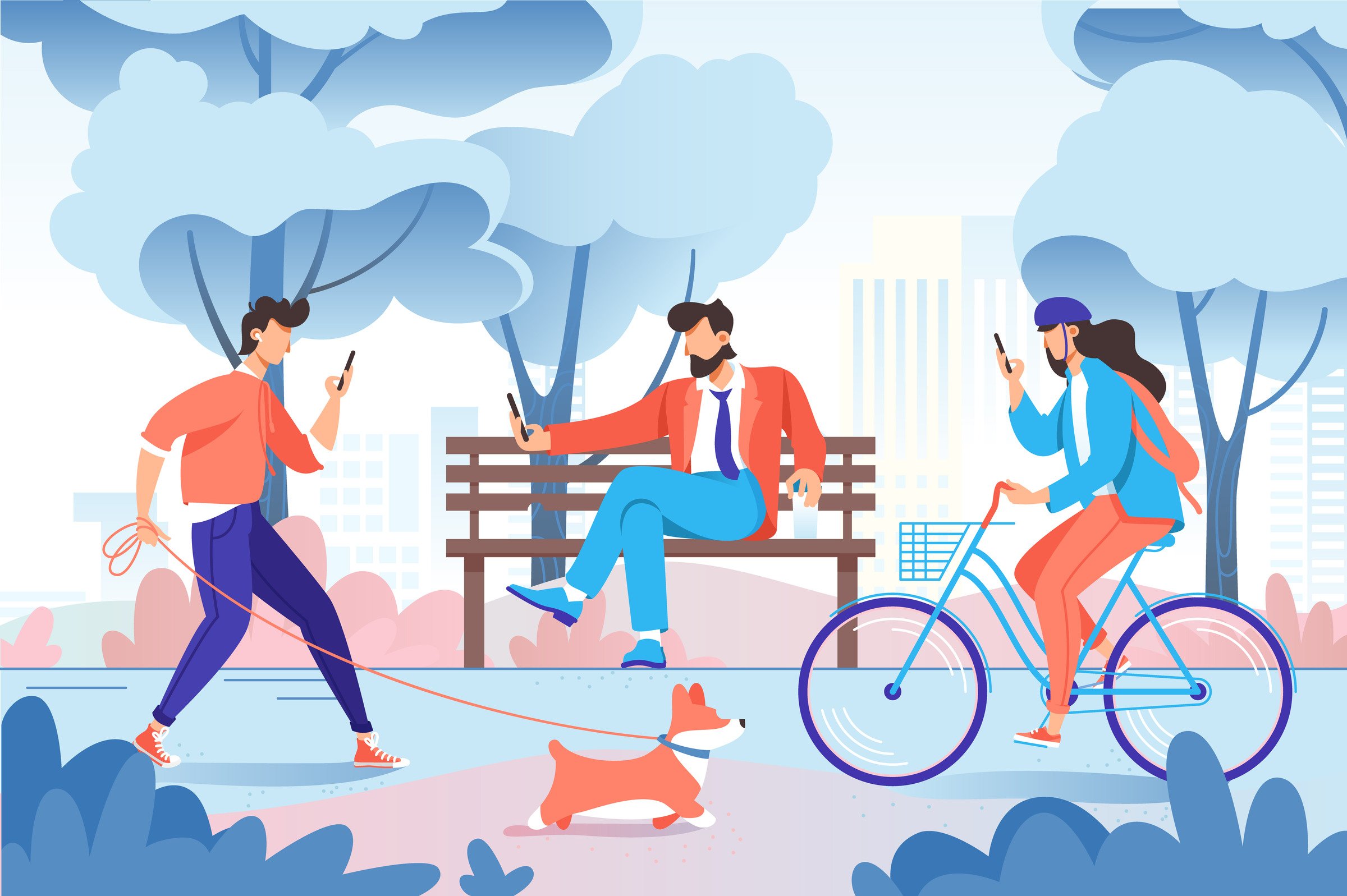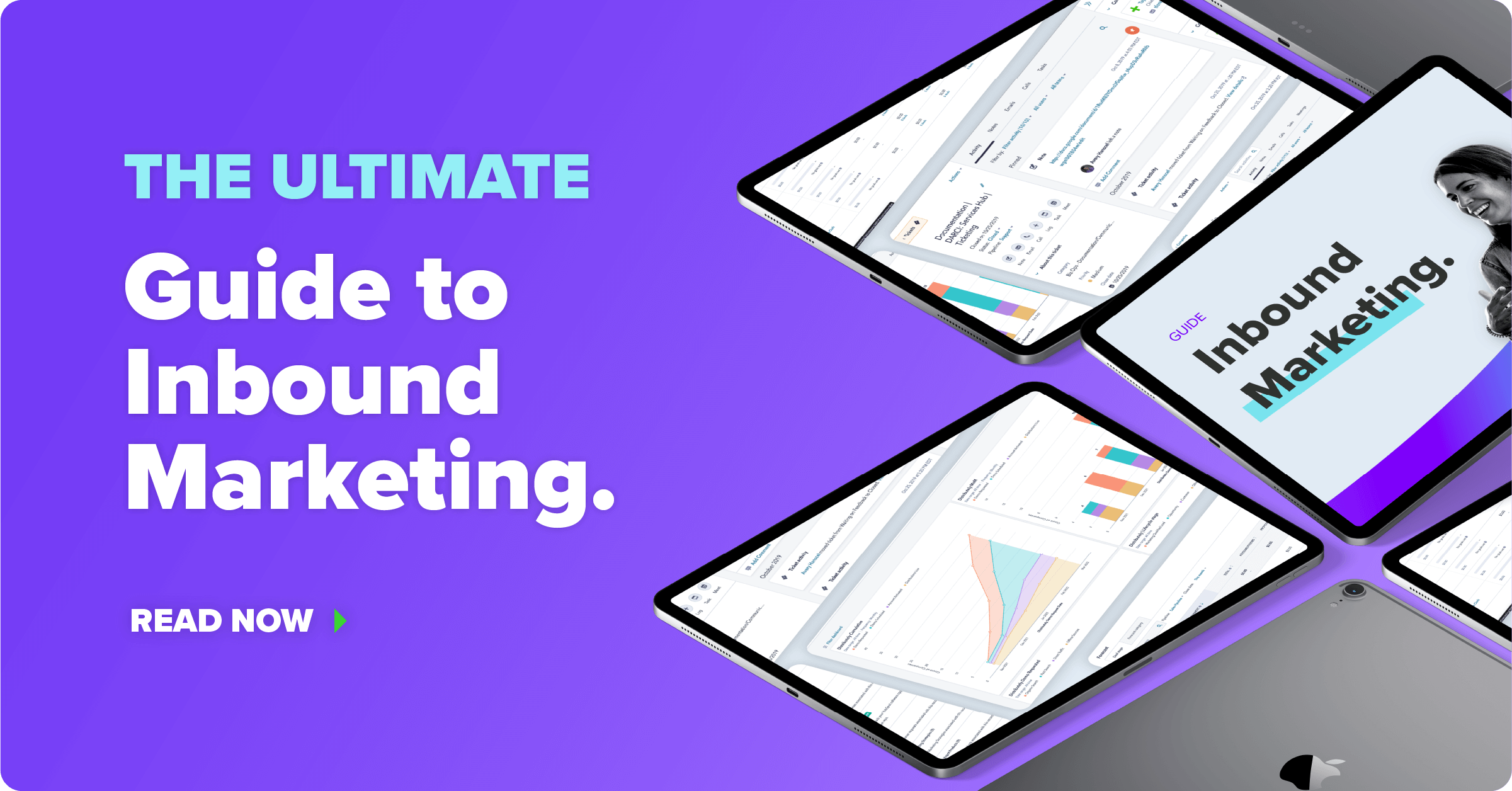Simplifying the B2B Buyer's Journey

The buyer’s journey can seem like a complex rollercoaster consisting of infinite touchpoints to guide prospects through. If you think about it in terms of every interaction that could potentially occur, it’s easy to get overwhelmed and not know how to approach your marketing strategy.
Instead, let’s break down the buyer’s journey into three core components from the business’s perspective: attract, engage and delight. A lot of tactics go into guiding your prospects through their journey, but if you focus in on a particular segment, it gets easier to figure out what to prioritize.
Start by focusing on the delight stage; figure out who your ideal customers are and then determine how to guide them to your company and nurture them into customers.
The Delight Stage
Customer lifecycle stages: Customer, Evangelist, User
What buyers are thinking: Is this solution viable for my problem? Will I get as much value from this solution as I need?
The most effective marketing for your company comes from people outside your company. As a marketer, it’s your job to say good things about what your company does. If you’re able to generate customers that will promote you to their networks, that’s going to be more credible than any marketing efforts you do on your own.
To get your customers to promote your company, you have to bring in the people who will gain the most value from your product or service and then ensure they’re actually receiving that value.
Delight stage tactics include:
- Target the right people from the start: You can’t delight customers who aren’t a good fit for your product or service. So, you have to make sure you’re only marketing and selling to people who can benefit from your company’s solution.
- Ensure great onboarding: The first 30 days of engagement leave a lasting impact on your customer’s perception of your company. Put yourself in your customers’ shoes and consider what you would expect in the transition from being a sales prospect to becoming a customer. Test out the process yourself and then utilize user group beta testing before officially rolling it out.
- Set clear, realistic expectations: During the sales-to-service handoff, clearly communicate every step that will happen to your customer and explain how long each one will take. Additionally, be careful not to overestimate how quickly something can be done or how effective a tactic can be. The more clearly you lay out expectations and then deliver upon them, the more satisfied your customers will be.
- Find out how you’re doing with NPS Surveys: Net promoter score (NPS) surveys are used to measure how happy your customers are by asking how likely they are to recommend your company to a friend. The feedback from these surveys can help you determine if you’re delighting your customers and what you can do to serve them even better.
The Engage Stage:
Customer Lifecycle Stages: Lead, MQL, SQL, Opportunity
What buyers are thinking: How do I solve this problem? What solutions could solve this problem? What solutions could solve this problem for me?
Once you know who your ideal customer is, how do you start that first conversation? You need to know who they are, what they care about, what their challenges are and where they look for answers to solve those challenges.
Creating content and offers that’ll resonate with them is the first step to engaging with high-fit prospects. If you don’t have anything for your prospect to connect with, they have no reason to talk to you.
Research what their day-to-day life looks like and then find an opportunity to start a conversation about how you can make it better.
Engage stage tactics include:
- Email: Depending on how close to buying they are, your email communications can vary from individualized sales emails to mass marketing emails. Regardless, try to ensure your emails are contextually relevant to the recipients’ behavior.
- Conversational marketing: Conversational marketing tools like chatbots provide a great opportunity to engage with visitors in a unique, personalized manner. Chatbots can be used to help site visitors find what they’re looking for on your website, book meetings with sales or download content offers. Plus, while they’re helping your prospects in a human manner, chatbots are also collecting data on them that you can use to follow-up.
- Gated offers: Gated offers consist of content such as ebooks, webinars and checklists that a prospect can receive in exchange for providing information about themselves through a form or chatbot conversation. When deciding what information to request, it’s important to ensure you’re not asking for more value than they receive from the offer.
The Attract Stage
Customer Lifecycle Stages: Visitor, Anonymous
What buyers are thinking: Could my day be better? Do I have a problem? How could my problem be addressed?
To attract the right buyers to your website, you need to serve content that resonates with your prospects where they’re spending their time. This could mean placing content on social media, contributing to forums, establishing a presence on review sites or joining the conversation wherever else your buyer personas spend most of their time.
Identify the places where your prospects look for answers, then establish credibility there so they’ll build trust and ideally start going to your website for answers.
Attract stage tactics include:
- Paid ads: Using targeted paid ads on search engines, social media or other websites can place your content directly in front of prospects in order to guide them to your site. Paid ads can be effectively utilized to reach new audiences or target people similar to your ideal customers. However, they only help you while you’re actively paying for them.
- Social media: Having a social media presence is an essential trustmark for any modern company. Use different platforms to promote your company, the work you do and your people. When people interact with your content, their network can see that, which helps you expand your reach to new audiences.
- External site profiles or community participation: When people are initially trying to identify their problem, they might look at forums like Quora or review sites like G2Crowd to see how other people are addressing similar challenges. Having a presence on those sites can bring attention to your company. This way, when prospects move beyond discovering their challenge to considering specific solutions, they’ll have your company in mind.
- Partnerships with complementary solution providers: Partnering with companies that serve similar customers helps both companies reach new audiences. This partnership can take the form of co-created content, guest posts or social media interactions — all of which introduce one partner to the other’s audience.
The Takeaway
The better you understand who your ideal customer is and what they’re going through, the more likely you’ll be able to create an experience that meets their needs. Breaking your interactions with customers into the categories of attract, engage and delight can help you focus on specific tactics that will most resonate with high-fit buyers.
Quinn Kanner
Quinn is a writer and copyeditor whose work ranges from journalism to travel writing to inbound marketing content.





